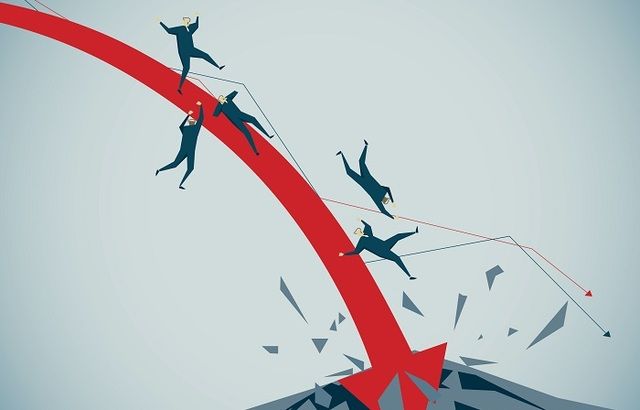He gives an example: “During the crisis, we were invested in a money market fund. You may think these funds are very liquid.” They normally are, but not in September 2008. “We were confronted with a side pocket that amounted to 20% of the fund, these assets were frozen and we couldn’t touch them for a long time.”
Regulators in the US, where the financial crisis and the ensuing liquidity freeze originated, have also realised the importance of liquidity for investors. And they have come up with a response. From December 2018, 10 years after the crisis erupted, US mutual funds with assets of more than $1bn will have to classify their portfolio holdings into four liquidity buckets. They will have to make and publish a fresh liquidity assessment of their portfolio every month, which should help fund analysts in their due diligence process, even as it constitutes an extra burden on asset managers.
Strict rules like this are not on the cards for Europe any time soon, but the fact that the bulk of funds in European investors’ portfolios are now in Ucits format (which was not the case in 2008) should provide some reassurance regarding liquidity, right?

“Ucits provides some protection, but still you always have to check the underlying holdings,” says Bouma. “What is liquid now, is not necessarily liquid in a stress situation.”
Know your co-investors
The experience of the financial crisis also showed Leif Hasager, CIO of the Danish wealth manager Formuepleje, the importance of ensuring a fund remains liquid during a crisis situation, he says.
But he learnt an additional lesson too: “It’s important to be aware of your co-investors if you invest in products that are not very liquid,” he says.
When the crisis hit, Hasager was working at a pension scheme, which was invested in a Danish real estate fund. As the fund got into trouble in early 2009, it tried to raise extra money with its investors. “We were ready to heed their demands, but the other investors were not. They wanted their money back instead,” he says. “In the end the fund collapsed, and we lost all money we had invested in it. Personally, I therefore prefer having a more liquid portfolio now.”

But placing a bigger emphasis on liquidity can’t have been the only lesson fund selectors have taken away from experiencing the global financial crisis. Surely they must have learnt a thing or two about risk management, right?
For Tanja Wennonen-Kärnä, a senior portfolio manager at Evli Bank in Finland, not much has changed though. “We still use pretty much the same fund selection process as we already prioritised risk-adjusted return metrics before the crisis. But we have simplified our portfolios, using less instruments. That makes it easier to manage risk.”







